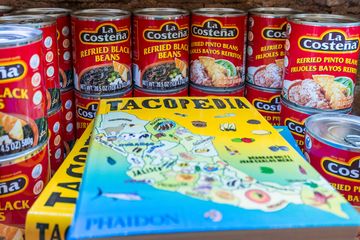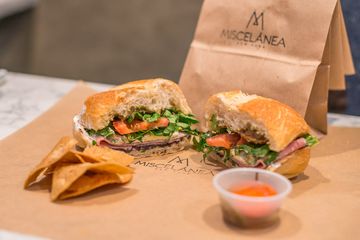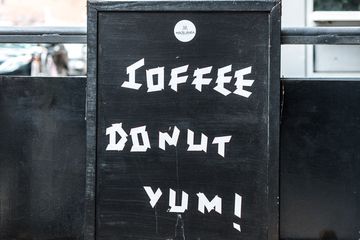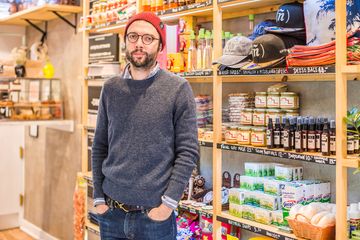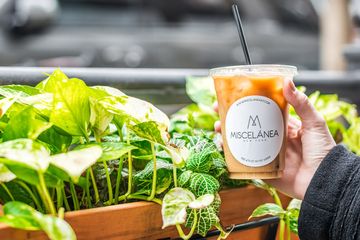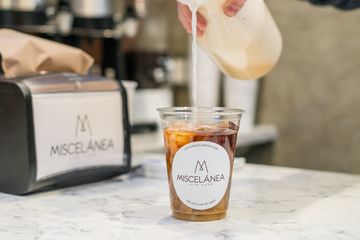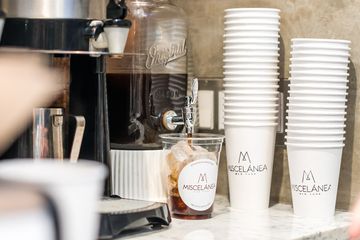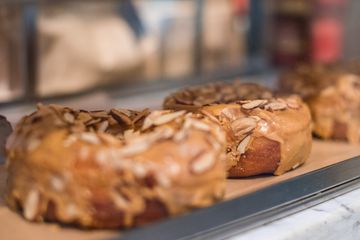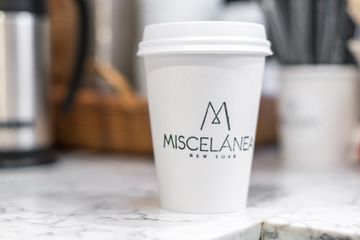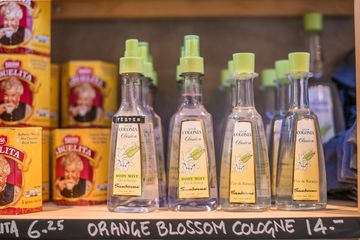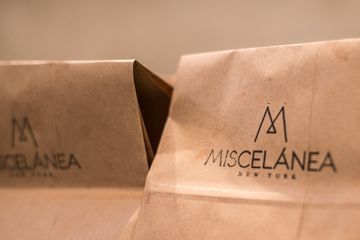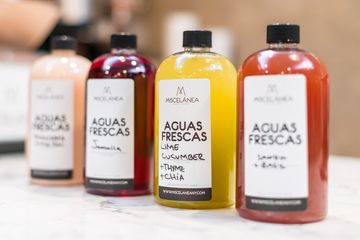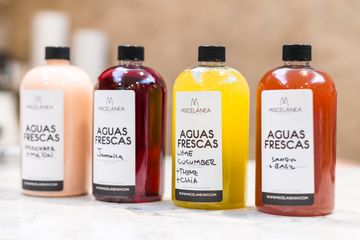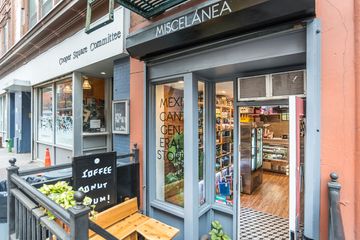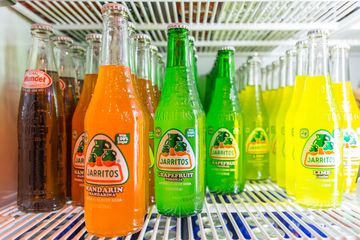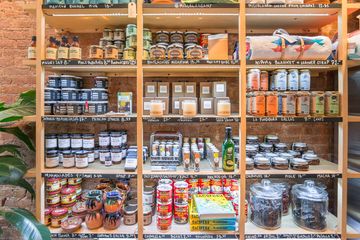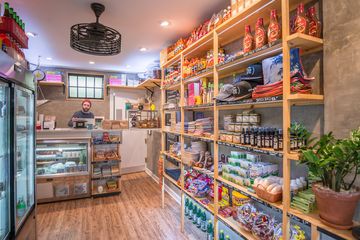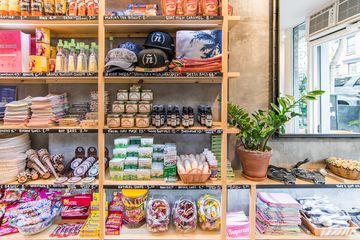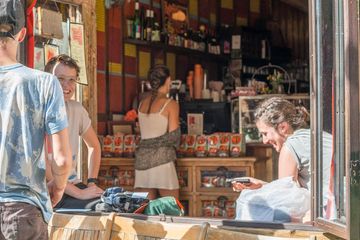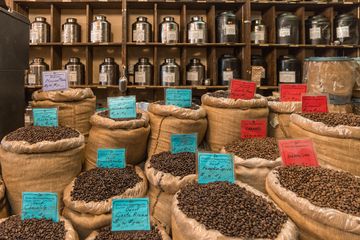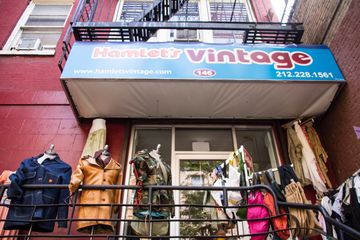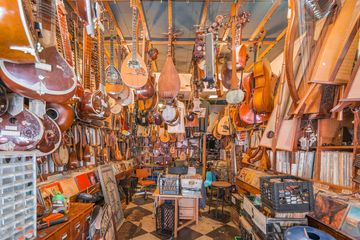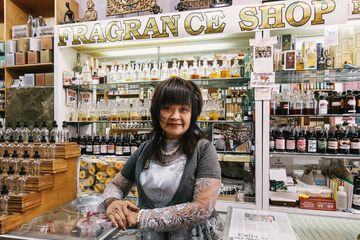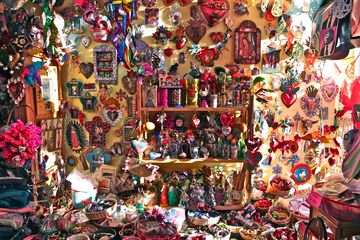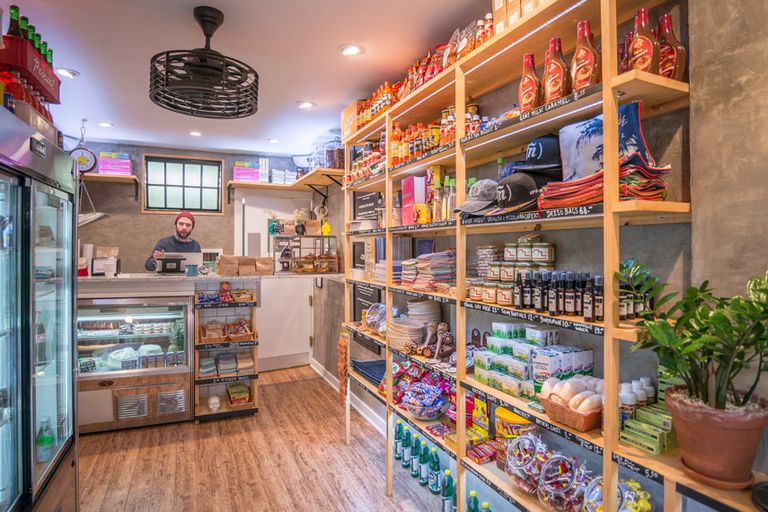
“There are no luchadores or mariachi here, and I’m not wearing a sombrero,” Guillaume Guevara stated when describing the atmosphere of his one-stop Mexican store. “G,” as he is known to his friends, designed Miscelanea in 2015 to have a “modern Mexican vibe.”
G is Mexican, but he has traveled the world working and exploring. He has experience not only in the marketing and food and beverage industries, but also in hospitality. After studying in Switzerland, he worked in hotel management at the Savoy in London and at the Carlyle in Manhattan. There is no doubt that at this point he is well-versed in running a successful business. “I’m the guy who’s done a few things,” he said with a smile. Despite his travels, it is clear that G is Mexican to the core. It is his love for his homeland that caused him to open Miscelanea. At first he planned it to be a restaurant or bar, but then he realized that the East Village was populated with Mexican eateries. When chatting with his fellow Mexican ex-pats and asking questions including “Where do you get your cheese, your candy, etc.?” he learned that people were visiting multiple specialty stores, scattered throughout the city, in order to purchase the food that was reminiscent of home. It was then that he decided to make it easier and created a “lifestyle store” for the Mexican community in Manhattan.
G treads a fine line between authentic and modern. He runs the store exactly as he would in Mexico, without any kitsch pandering to the non-Mexican New York locals. He does, however, list his food items in English, and many of the products have English ingredient labels. He wants New Yorkers who do not speak Spanish to be comfortable shopping at Miscelanea. Even though he had only been open a couple of months when I stopped by, G told me that he already had a steady client base made up of three main groups - the people who work and live in the area, the visitors who have read about Miscelanea and treat it as a destination, and the Mexicans who want food from home.
One thing that surprised G as his business began to grow is that Miscelanea had quickly become a place to get prepared food. Originally, he wanted the store to be mainly about produce, with some hot food on the side. Now, the business is a sandwich/coffee place that happens to be a shop. “Opening a business is like having a baby,” he explained. “You want him to grow up and play soccer, but he wants to play guitar.” Like a loving father, G is not disappointed that Miscelanea does not fit his original dream for the store. “I’ve been very lucky,” he said, talking about the number of loyal customers that he has already accrued. He is, however, amused that his tiny kitchen is churning out so many dishes. “It’s like an airplane kitchen in there, or like what you would find in an RV.”
Browsing through the different products on the shelves, it reminded me of the time that my husband and I lived in Mexico City. I quickly discovered that G really does cover the basics that a New Yorker might desire including Mexican mole, agua fresca, perfume, mugs, kitchen rags, aprons, whisks, magazines and much more, all arranged in uncluttered, colorful rows. A special moment came when G sweetly shared that some of his favorite times running the store have been when young people from the neighborhood stop by and then bring their families back a few days later, pointing out the goods that remind them of their home. As G so nicely put it, Miscelanea is “a free trip to Mexico.”
Sitting on the bench right outside, Olivia and I sampled the Chilaquiles with green salsa, guacamole, refried beans and cheese. “It’s great hangover food,” G offered as he handed us our meal, which also comes with perfectly salted tortilla chips and homemade spicy pickled vegetables. For us, it was a perfect pick me up to send us on our way walking across East 4th Street.
